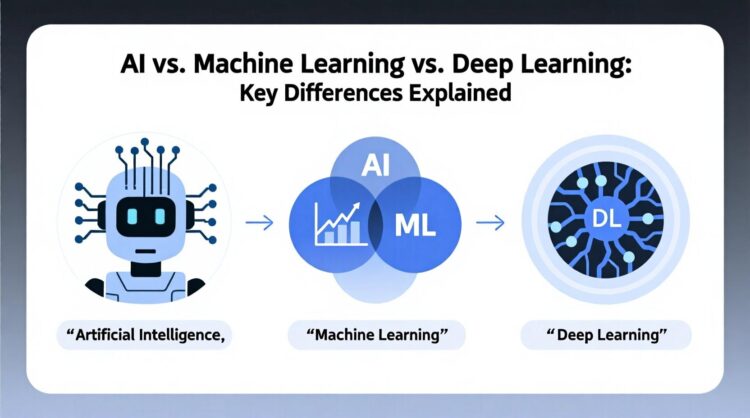
How To For You – In the rapidly evolving digital landscape, leveraging artificial intelligence (AI) tools like ChatGPT has become an invaluable strategy for professionals across various industries.
Whether you are a content marketer, software developer, or educator, mastering the art of effective prompting is essential to unlocking the full potential of this generative AI technology.
This article provides a fresh perspective on constructing impactful prompts that yield precise and high-quality outputs while optimizing AI-driven workflows.
Understanding the Core Components of an Effective ChatGPT Prompt
To harness the power of ChatGPT effectively, prompts must be structured thoughtfully, integrating several key components to ensure AI-generated responses align with user expectations. Here are the foundational elements of a well-crafted ChatGPT prompt:
1. Clear Project Description
A prompt should begin with a concise yet comprehensive project description. This helps set the framework for ChatGPT’s response by defining the project’s purpose, target audience, and the specific outputs required.
Example: “Create a content strategy for a newly launched health-tech startup, focusing on informative blog posts, social media engagement, and email marketing campaigns targeting wellness-conscious consumers.”
2. Assigning ChatGPT a Role
Enhancing AI-driven outputs involves designating a specific role or perspective for ChatGPT. This instructs the AI to adopt an appropriate tone and expertise level.
Example: “Act as a professional content strategist and generate engaging blog topics on the future of telemedicine, incorporating key industry trends.”
3. Providing Context for Accuracy
Contextual information is crucial for guiding ChatGPT’s responses. This may include background data, industry trends, or relevant market insights.
Example: “The startup aims to educate consumers on the benefits of telehealth services, particularly for managing chronic illnesses and improving healthcare accessibility.”
4. Specifying Output Format and Constraints
Defining output specifications, including tone, style, and structural elements, ensures consistency and quality in AI-generated content. Setting constraints further refines responses by eliminating irrelevant or unwanted information.
Example: “Compose a professional yet reader-friendly blog post of approximately 800 words, free of technical jargon, with a structured introduction, body, and conclusion.”
5. Setting Rules and Exclusions
By establishing explicit rules or restrictions, users can direct ChatGPT away from undesired content, thereby enhancing the relevance of the output.
Example: “Avoid referencing direct competitors and do not include speculative medical claims without evidence-based sources.”
6. Providing Examples for Alignment
Supplying examples of desired output formats or styles significantly improves ChatGPT’s ability to generate responses that meet user expectations.
Example: “Generate email subject lines in an engaging yet professional style similar to this: ‘Unlock the Power of Telehealth: Your Guide to Virtual Care.’”
Advanced Prompting Strategies for Superior AI-Generated Content
To further refine AI interactions, users can adopt advanced prompting techniques that optimize ChatGPT’s performance:
- Multi-Turn Prompting: Breaking down complex tasks into multiple steps or sequential prompts for more refined and structured responses.
- Layered Context Approach: Gradually introducing additional context to guide ChatGPT toward more nuanced and insightful outputs.
- Iteration and Refinement: Testing and tweaking prompts based on AI-generated outputs to improve accuracy and effectiveness.
Conclusion
Crafting effective ChatGPT prompts is a skill that enhances AI usability across diverse professional applications. By incorporating structured descriptions, contextual depth, role assignment, and precise specifications, users can maximize the tool’s potential.
Whether you’re streamlining content creation, brainstorming marketing strategies, or automating repetitive tasks, mastering AI prompting ensures better efficiency and quality in digital workflows. As AI technology continues to advance, staying adaptable and continuously refining prompting techniques will be key to maintaining a competitive edge in the AI-driven era.





